What to feed baby pheasants
Baby Pheasants: All You Need To Know (With Pictures)
What does a baby pheasant look like?
How big are baby pheasants?
How much do baby pheasants weigh?
What do juvenile pheasants look like?
What is a baby pheasant called?
What do baby pheasants eat?
Do both parents feed baby pheasants?
What do pheasant eggs look like?
How long do pheasant eggs take to hatch?
How many babies does a pheasant have?
When do pheasants lay eggs?
How do pheasants feed their chicks?
How long do baby pheasants stay with their parents?
Can baby pheasants fly?
How to care for a baby pheasant?
What do I feed baby pheasants?
An adult male common (or ring-necked) pheasant is one of the most instantly recognisable game birds, with its dark green head and red wattle around the eye. It may come as no surprise that they do not hatch with this rather striking set of feathers. But what do they look like when they first hatch, and how long does it take for this plumage to develop?
Read on to discover more about the early days and weeks of a common pheasant’s life.
What does a baby pheasant look like?
Baby pheasants are one of the fastest-growing nestlings, and are ready to leave the nest within the first few hours of hatching. Pheasant chicks are covered in a light down and their eyes are open shortly after emerging from their eggs. Their legs are well developed from birth and they are able to walk from the nest site to begin foraging for food within a few short hours.
New hatchlings are tawny-yellow with darker markings on the back and sides. Their eyes are dark brown, and begin to gradually lighten at around 6 weeks. At first, a pheasant chick’s legs and feet are brown, but these also become a lighter shade of grey as they mature. Flight feathers are present from around 12 to 14 days, and the hatchling down is replaced by brownish feathers that resemble those of an adult female.
It is possible to tell whether a pheasant chick is male or female from about 5 weeks. A pinkish patch becomes increasingly visible on the cheeks of juvenile males, which is where the scarlet wattle will later form.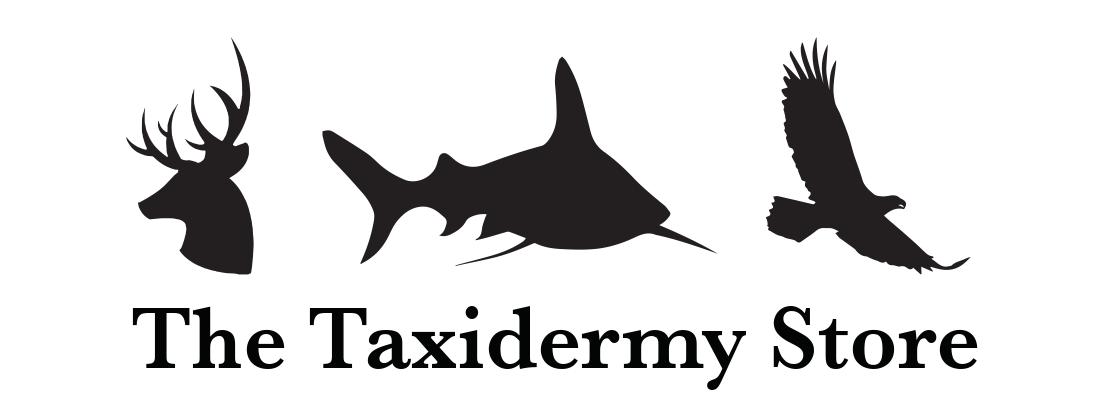 This is absent from females, and is a useful way of distinguishing between the sexes from early on.
This is absent from females, and is a useful way of distinguishing between the sexes from early on.
A baby pheasant (chick) with an insect in its beak
How big are baby pheasants?
At around one week old, baby pheasants are around 7.6 cm tall. They grow rapidly and by 15 to 16 weeks have reached the size of fully grown adults.
How much do baby pheasants weigh?
When a baby pheasant first hatches, it weighs an average 18.5g.
No data is available for the weight of free-ranging pheasant chicks, although research into pheasant chicks raised in captivity states an average weight of 541g at 8 weeks and 900g at 12 weeks.
A female pheasant with her chicks
What do juvenile pheasants look like?
As juvenile pheasants mature, their plumage becomes increasingly similar to that of an adult female, although young pheasants are smaller and have shorter tails. Juvenile males begin to develop their characteristic bright green feathers at around 10 weeks.
Male (left) and female (right) juvenile pheasants having a dust bath
What is a baby pheasant called?
Like the young of many other bird species, a baby pheasant is known as a chick.
What do baby pheasants eat?
For the first four weeks, baby pheasants eat a diet that mainly consists of large insects, such as mayfly, planthoppers, and grasshoppers, as well as caterpillars and larvae. From week four onwards, a young pheasant’s diet becomes more plant-based, with grain, grasses, buds, berries and farm crops becoming the primary source of food.
A male pheasant looking after the chicks
Do both parents feed baby pheasants?
Only the hen pheasant looks after its young. This includes incubating the eggs before they hatch and then overseeing the hatchlings, while the males protect the territory. Female pheasants lead their young to feeding sites, but they do not actively feed them and the resourceful chicks become independent feeders from a very early age.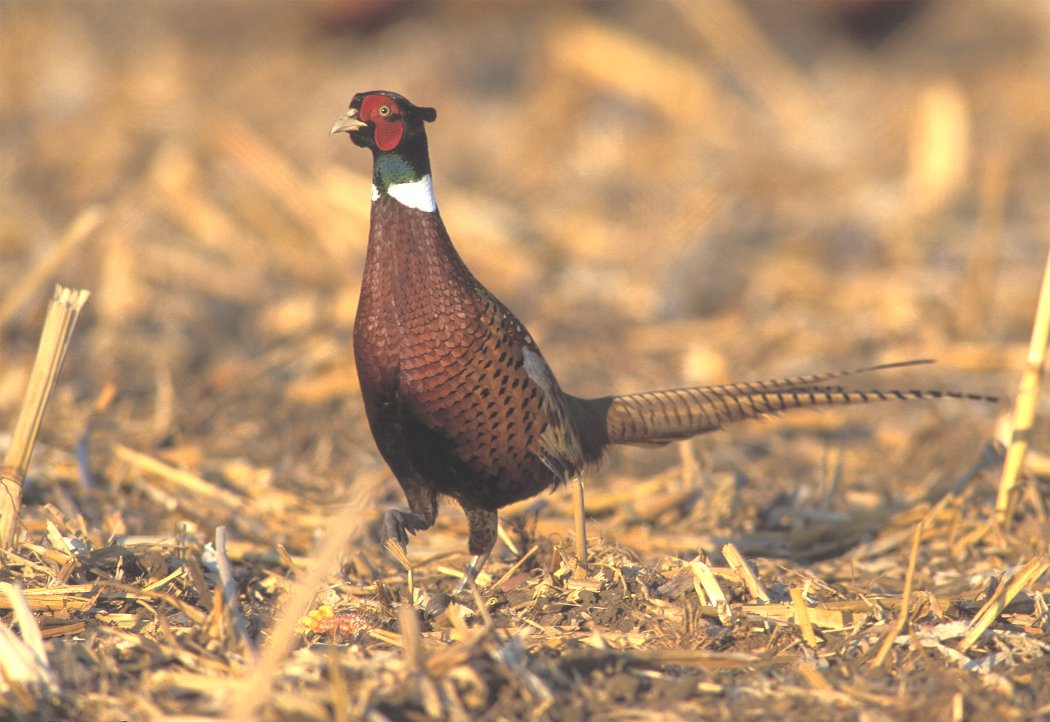
What do pheasant eggs look like?
Pheasants’ eggs are a light olive-green color, and are roughly half the size of hens’ eggs. They are smooth and matte, rather than glossy.
Pheasant eggs in the nest
How long do pheasant eggs take to hatch?
The incubation period of a pheasant’s eggs is approximately 22 to 28 days.
How many babies does a pheasant have?
Pheasants usually lay between 6 and 18 eggs. Not all of these will successfully hatch at the end of the incubation phase, and it is common for a brood to contain 10-12 hatchlings.
Young pheasant chicks foraging for food
When do pheasants lay eggs?
Female pheasants lay their eggs in spring and early summer, typically during a two-week period between April and June, when they tend to produce an egg each day. The incubation period lasts on average between 22 and 28 days, with 23 days being most common.
How do pheasants feed their chicks?
Pheasants do not actively feed their chicks themselves.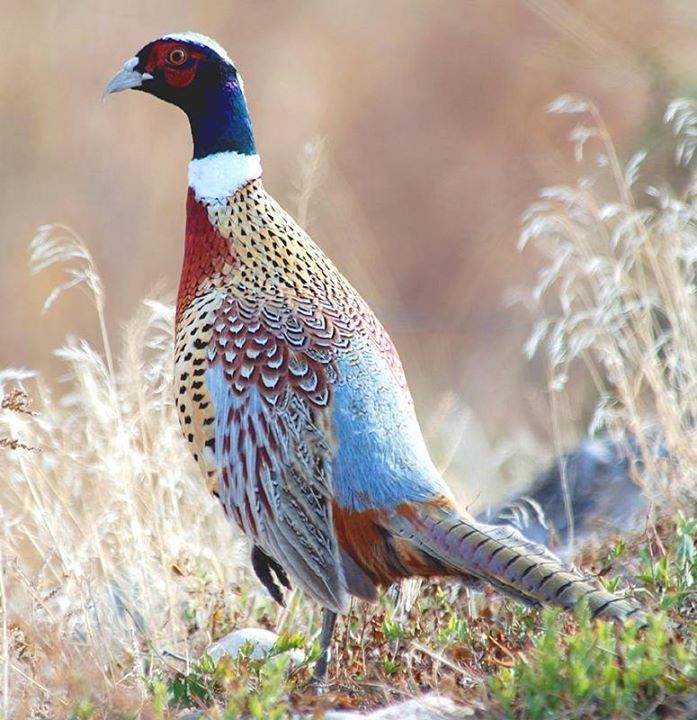 Instead, on leaving the nest a matter of hours after hatching, young pheasants follow the hen to nearby feeding grounds where they quickly learn to forage for their own food.
Instead, on leaving the nest a matter of hours after hatching, young pheasants follow the hen to nearby feeding grounds where they quickly learn to forage for their own food.
Pheasant chick amongst the grass
How long do baby pheasants stay with their parents?
Hatchlings leave the nest within hours of birth, and are accompanied by their mother to forage for food. Chicks they do not tend to return to the nest after leaving; this is largely because pheasant nests are not especially well-built or durable structures.
Instead, the female will gather her chicks and lead them to any form of vegetation cover at night, and in cold or wet weather, and continue to brood them to keep them safe, warm, and dry until they are several weeks old.
Young pheasants stay with their mother until they reach 10-12 weeks of age. At this point, they become independent although they may accompany females to wintering grounds and become part of the loose flock associated with a particular territory.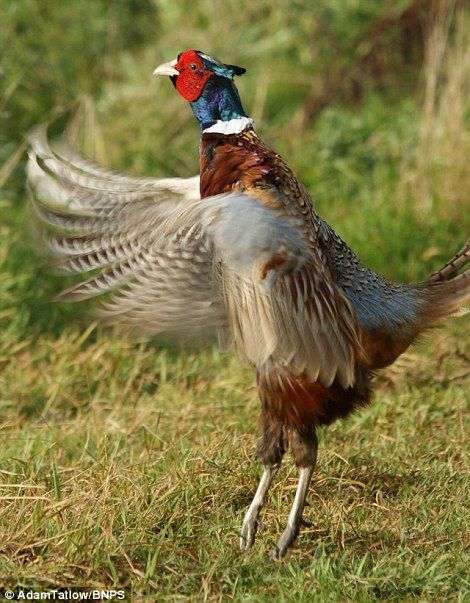
Can baby pheasants fly?
A young pheasant’s flight feathers develop during its second week of life, meaning that pheasant chicks can fly short distances from a very early age.
As with adult pheasants, flight is not the preferred way of moving for baby pheasants, who can cover much greater distances on foot.
Close up of a juvenile male ring-necked pheasant
How to care for a baby pheasant?
In order to successfully care for baby pheasants, it’s vital to fully research their nutrition, temperature, and enclosure requirements. Baby pheasants need to have enough space to roam freely, without being overcrowded with other chicks.
- Access to suitable food, water, and a secure covered pen are also necessary.
- Water should be provided in shallow dishes to prevent accidental drowning and should not be served cold.
- Newly hatched chicks need to be kept at a warm, stable temperature, so a brooder should be used.
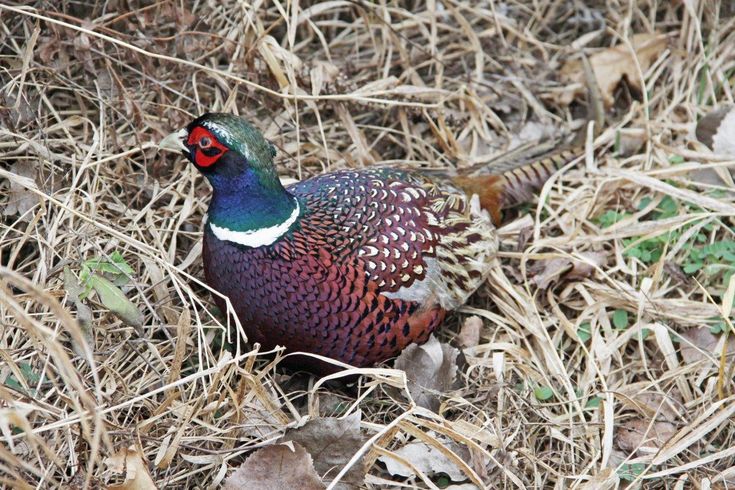
A juvenile female common pheasant
What do I feed baby pheasants?
Baby pheasants need a diet that is high in protein. In the wild, their initial diet will be animal based for the first four weeks, with grubs, insects, caterpillars, and worms forming the largest share of their food source. From this point on, baby pheasants consume more grain, cereal crops, buds, and wild berries.
Pheasants bred or raised in captivity can be given a special starter food rich in protein for the first six weeks, and then like their free-ranging counterparts, progress onto a more plant-focused diet, with berries, grain, and seeds.
Expert Q + A
Ask a question
Do you have a question about this topic that we haven't answered? Submit it below, and one of our experts will answer as soon as they can.
Tips For Baby Pheasant Raising from MacFarlane Pheasants Inc
by MacFarlane Pheasant Farm
How to Start Raising Baby Pheasants
It is easiest to start by purchasing pheasant chicks, as this will give you only one or two age groups.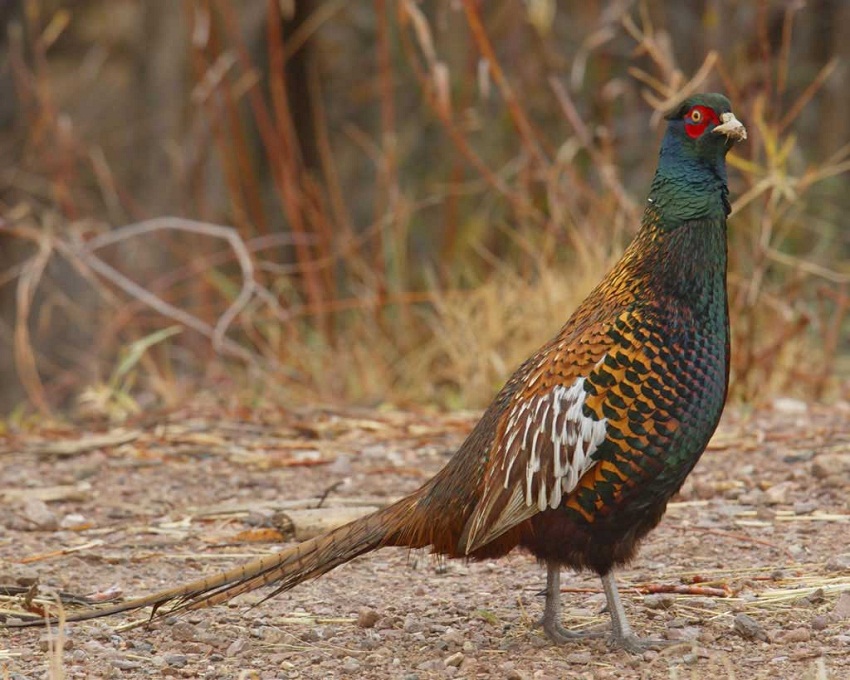 With laying hens, eggs should be set every week to 10 days. Therefore, you will have up to 10 different age groups to care for during breeding season. To avoid having multiple-age groups many pheasant farms purchase their chicks each year.
With laying hens, eggs should be set every week to 10 days. Therefore, you will have up to 10 different age groups to care for during breeding season. To avoid having multiple-age groups many pheasant farms purchase their chicks each year.
Brooding
The brooder house for pheasant chicks should be weather tight, free from drafts and rodent proof. It can be designed for the birds or part of another building that can have a penned in portion.
Preparation
It is worthwhile to spend some time preparing before your chicks arrive as baby pheasants are very delicate and your brooder must be set up correctly or you may encounter problems. Clean and disinfect your brooder house at least 2 weeks before the chicks arrive. We feel the best litter to use on the floor is chopped straw. Pheasants seem to like to eat wood shavings. If the chicks have access to wood shavings, they will eat them and die. If you insist on using shavings, cover the shavings with brooder paper for the first week after the chicks arrive. Sand or newspaper is not recommended as litter. If brooder paper (a coarse, rough paper that allows chicks to keep their footing) is not available at your feed store, burlap works very well also. Do not use newspaper as the chicks will not be able to get a firm footing. Remember to remove the burlap or brooder paper after the chicks are about one week old.
Heat lamps are the easiest to use. We recommend at least one 250 Watt infrared bulb for each 100 chicks you plan on starting. Make sure to get the bulb with a red end, as it won't be so bright and will help control cannibalism. Hang the heat lamp from the ceiling, about 18 inches from the floor to the bottom of the lamp.
Use a ring or draft shield to confine the chicks for the first 5-7 days the chicks are in the brooder. We use cardboard about 14-18 inches high formed to make a ring or circle. A circle with a diameter of 4 feet will be sufficient for 50 chicks (with the heat lamp in the center). This shield helps cut down on the drafts on the floor.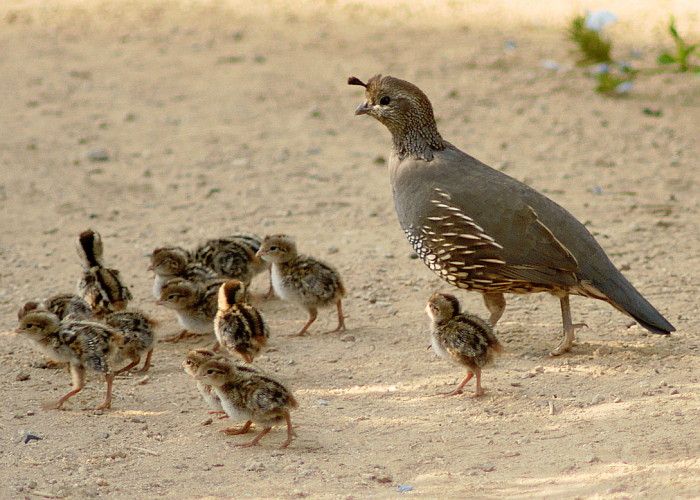
Your brooder house should be big enough to allow 3/4 of a square foot per baby pheasant. Pheasants tend to be very cannibalistic, so don't overcrowd them.
We recommend at least one 2 foot long feeder for each 50 chicks. Also, 1 one-gallon waterer for each 75 chicks. Use a waterer with a narrow lip (1/2 inch or less) or fill the water trough with marbles so the chicks can't drown.
From the time chicks arrive until they are six weeks old they should be fed a 30% protein medicated gamebird or turkey starter feed. The best medicated started feed contains 1 lb. Amprolium (a coccidiostat) per ton of feed. The feed should be in crumble form. You can add terramyacin soluble powder (an antibiotic) to their water for the first week, but we do not recommend using an antibiotic unless the chicks are sick or dying.
Raising
When the chicks arrive, remove them from the box, dip their beaks in the water and put them under the heat lamp. Most losses occur because the chicks do not start to eat or drink.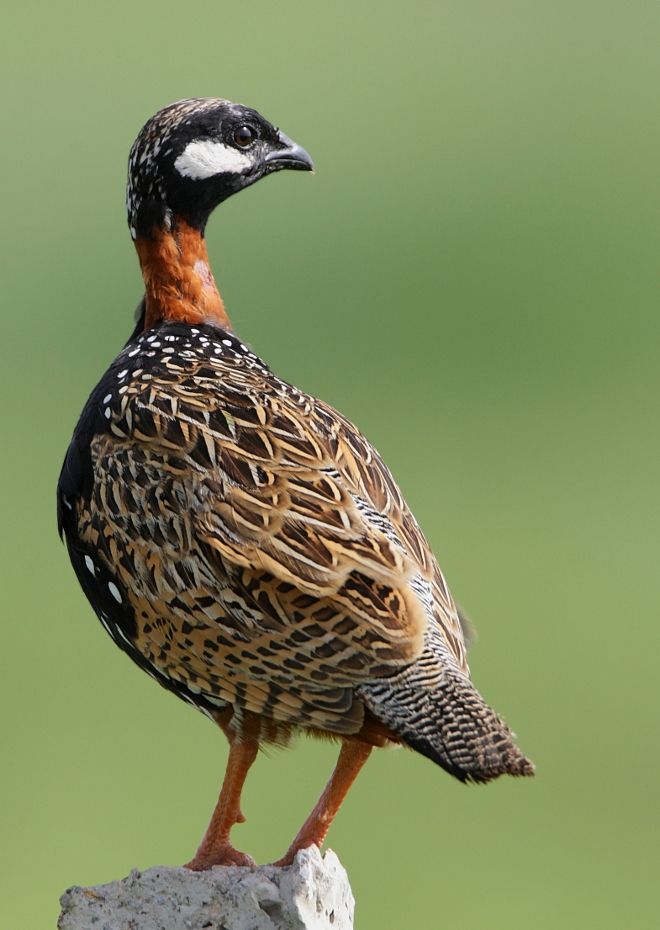 Never let your chicks run out of feed or water. The chicks should form a circle around the heat lamp. If the chicks bunch up directly under the heat lamp they are cold - lower the lamp, and add more bulbs, or further draft proof your brooder house. If the chicks spread out too far away from the brooder and pant, etc...they are too hot - turn off one of the bulbs, raise the heat lamp and perhaps open a window during hot weather.
Never let your chicks run out of feed or water. The chicks should form a circle around the heat lamp. If the chicks bunch up directly under the heat lamp they are cold - lower the lamp, and add more bulbs, or further draft proof your brooder house. If the chicks spread out too far away from the brooder and pant, etc...they are too hot - turn off one of the bulbs, raise the heat lamp and perhaps open a window during hot weather.
Inspect the chicks often during the first week - especially at night during the first few nights. It has been our experience that chicks often die from piling (from being too cold) during the first or second night.
After the chicks are 2 or 3 weeks old it is a good idea to allow the chicks to range outside during the daytime. Wait for a warm sunny day and open the brooder house door into the pen. The pen must be covered and enclosed with one inch hole chicken wire to prevent the chicks from escaping. The pen should be large enough to allow 1 - 2 square feet per bird.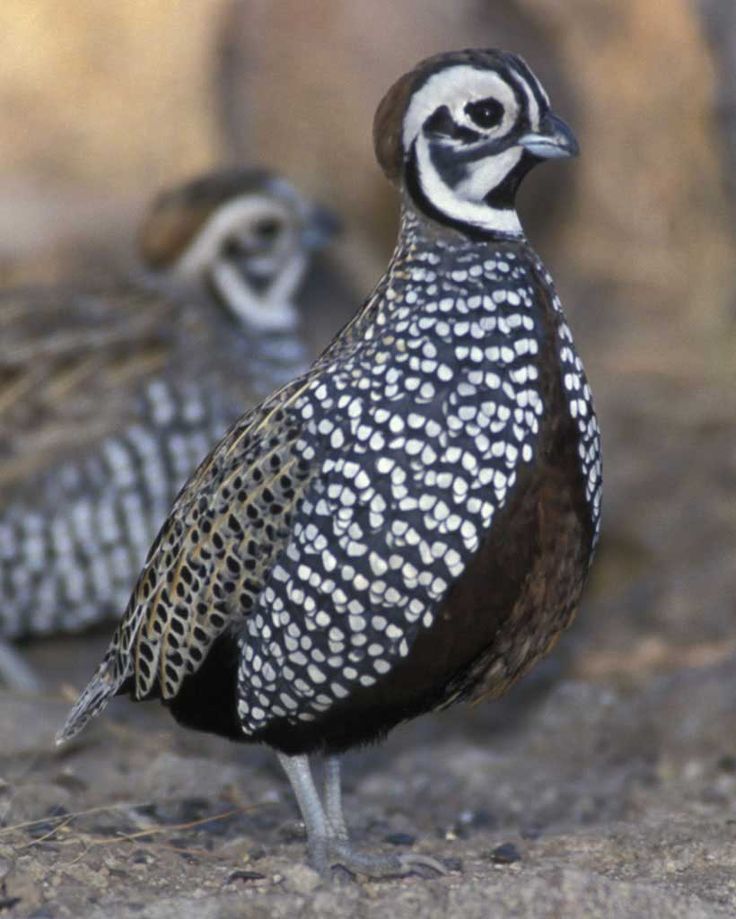 Drive the chicks back into the house late each afternoon. Continue to turn the heat on each afternoon. Discontinue operating your heat lamp during the day once the chicks spend each day outside. Continue to turn the heat on each night until they are 3-4 weeks old (depending on how cold it is outside). After the birds are 4-5 weeks old, they will need a bigger pen. On our farm we allow 25 square feet per bird (with peepers) in our covered pens. You should always be on the lookout for cannibalism. The first evidence you will see will be blood on the wing tips and tails of some of the smaller birds. Don't expect it to just go away - instead, it will just get worse. Add branches and alfalfa hay to the pen for the birds to peck at and play on - this will help. You may have to trim the top beaks on your birds to curtail the problem. A pair of fingernail clippers will do - trim far enough back just so it bleeds a little. This can be done as early as 2 weeks old and may have to be repeated.
Drive the chicks back into the house late each afternoon. Continue to turn the heat on each afternoon. Discontinue operating your heat lamp during the day once the chicks spend each day outside. Continue to turn the heat on each night until they are 3-4 weeks old (depending on how cold it is outside). After the birds are 4-5 weeks old, they will need a bigger pen. On our farm we allow 25 square feet per bird (with peepers) in our covered pens. You should always be on the lookout for cannibalism. The first evidence you will see will be blood on the wing tips and tails of some of the smaller birds. Don't expect it to just go away - instead, it will just get worse. Add branches and alfalfa hay to the pen for the birds to peck at and play on - this will help. You may have to trim the top beaks on your birds to curtail the problem. A pair of fingernail clippers will do - trim far enough back just so it bleeds a little. This can be done as early as 2 weeks old and may have to be repeated.
After the birds are 6 weeks they can be fed a 20% protein grower feed. We recommend that you continue to use Amprolium in their feed until the birds are mature.
We recommend that you continue to use Amprolium in their feed until the birds are mature.
This page is only a brief outline to start you out raising pheasants. To obtain information, we have several books for sale, they are:
- Facts on Raising Gamebirds by Dianne Tumey
- MacFarlane Pheasants' Rearing Guide - Free download!
- Game Bird Breeders Handbook by Allen Woodard Pran Vohra and Vern Denton.
- Game Bird Propagation by John Mullin
You are also welcome to call or write. We are willing to do our best to answer any questions that you might have. We would be glad to tell you all of our methods of raising gamebirds here. We feel the best way for you to learn how to raise gamebirds is to come and visit our farm and facilities. It is always easier to understand if you can see it firsthand. We welcome you to call and arrange a time to visit our farm!
Bird Pen Construction
One of the most expensive requirements on a game bird farm are covered pens. It is important to build your game bird pens in such a way that they will do what they are supposed to do. ie keep the birds in and predators out. Other considerations are 1) cost 2) long life 3) ease of construction 4) resistance to bad weather. Below is a covered pen that incorporates many of these desirable characteristics.
It is important to build your game bird pens in such a way that they will do what they are supposed to do. ie keep the birds in and predators out. Other considerations are 1) cost 2) long life 3) ease of construction 4) resistance to bad weather. Below is a covered pen that incorporates many of these desirable characteristics.
Basic Layout
The size of this pen is 144' x 96'. These pens can be grouped, but for this page, I will describe one pen. The size conforms to two rolls of toprite. On our farm a pen this size would hold 700 hens with peepers or 500 cocks with peepers, or 600 hens and cocks with peepers.
Posts
These posts should be set equidistant from each other around the perimeter of the pen. It works out that the posts should be 12 feet apart. The posts should be 10' long. They should go into the ground 3' and extend 7'.
Wire
The four sides of the pen should be covered with galvanized-after-weaving wire - 1' mesh - either 18 or 20 gauge. This wire should be buried at least 6' and flared to the outside underground. This prevents animals from digging down under the pen. The wire should extend up to the sides of the pen to the tops of the posts.
This wire should be buried at least 6' and flared to the outside underground. This prevents animals from digging down under the pen. The wire should extend up to the sides of the pen to the tops of the posts.
#9 Wire
A standard #9 galvanized wire should be strung around the top of the poles around the perimeter of the pen. Another strand of #9 wire should be strung the length of the pen equidistant from the two sides. Two #9 wires should be strung widthwise splitting the pen in thirds. These #9 wires will support the roof. The poles to which the #9 wires is attached should have 'dead-man' poles for support. This will prevent the poles from pulling in.
Toprite
Over the top of this grid put two connected rolls of 150' x 50' toprite netting. The netting should be connected to the four corners first to make sure it is square. It should be pulled over the edges and attached to both the #9 wire and to the wire sides. DO NOT attach the netting to the #9 wire running through the pen. You should hog-ring the #9 wire to the toprite in the inside of the pen about every 5' to prevent ripping in the wind. At the junction of the #9 wire in the middle of the pen, put brace posts made of 2' x 4' material. They should be tall enough (10 to 12 ft.) to make the pen tent-like in appearance. On the top of the 2' x 4' add a screw-in eyehook, run the #9 wire through, then close the eyehook. This pen is designed to be lowered in case of wet snow or icy conditions. In case of foul weather, simply take down the 2' x 4' poles and let the toprite down. Even with the birds inside, they will move to the edges of the pen. This pen is economical as you have fewer posts and #9 wire then most pen designs. I purposely avoided the subject of gates, feeding, watering or catching birds, as each farm has is own situations.
Here are the names and addresses of four companies which bird breeders may want to use to purchase netting or wire:
Wire - Louis E. Page
P.O. Box 2405
Littleton, MA 01460
Phone: 800-225-0508
Wire Supplier
Endurance Net
Box 127
Roebling, NJ 08554
Phone: 609-499-3450
Netting Supplier
J.A. Cissel Mfg. Co.
P.O. Box 2025
Lakewood, NJ 08701
Phone: 800-631-2234
Netting Supplier
3T Products, LLC
1099 State Route 225
Dalmatia, NJ 17017
Phone: 866-439-4660
Netting Supplier
How to feed pheasant chicks at home? Day-old chick diet
Published: 12/25/2017
Reading time: 11 min
2245
Pheasants are a category of birds that are great for keeping at home and require relatively little care.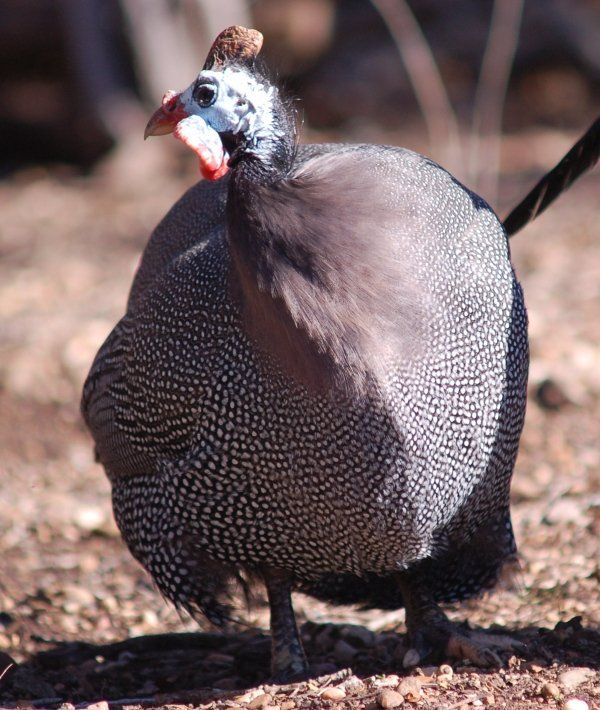 Despite this, an important issue is their nutrition, especially cubs. Mostly people breed pigeons, guinea fowls, turkeys, ducks and chickens, while pheasants are not so common, so information about them is quite difficult to find. However, in this text we will try to cover everything that you need to know about feeding pheasants.
Despite this, an important issue is their nutrition, especially cubs. Mostly people breed pigeons, guinea fowls, turkeys, ducks and chickens, while pheasants are not so common, so information about them is quite difficult to find. However, in this text we will try to cover everything that you need to know about feeding pheasants.
Contents: Display
- What do pheasants eat?
- Feed composition
- Necessary vitamins and nutritional supplements
What do pheasants eat?
In the wild, pheasants eat grain, insects, worms and just about anything they can catch. In addition, they prefer some types of corn, milo, wheat, oats, millet, barley and rye as food. Fruits and vegetables are important to their diet during the winter season. Pheasants do not mind eating mealworms, as well as peanuts. Mealworms, which are fairly easy to grow, are generally one of the most important daily foods for a pheasant's diet. Crushed hard boiled eggs are a good addition to the diets of chicks and adult birds.
Important! Pheasants, like all other species of birds, need proper and balanced nutrition, which is necessary to maintain the best growth and development of pheasants. Without proper feeding, the growth of your chicks will not be as active. They will be able to achieve optimal weight, which will adversely affect their appearance and reproduction.
The best food for pheasants is a mixture with the required protein content, the amount of which depends on their age. Pheasant chicks between 0 and 4 weeks of age should eat a diet containing approximately 28% protein. For birds 4 - 9weeks, the protein percentage should be 24. For older birds, feed with 18% protein should be given.
Publication from Nastya? Country Life (@nastina_ferma72)
